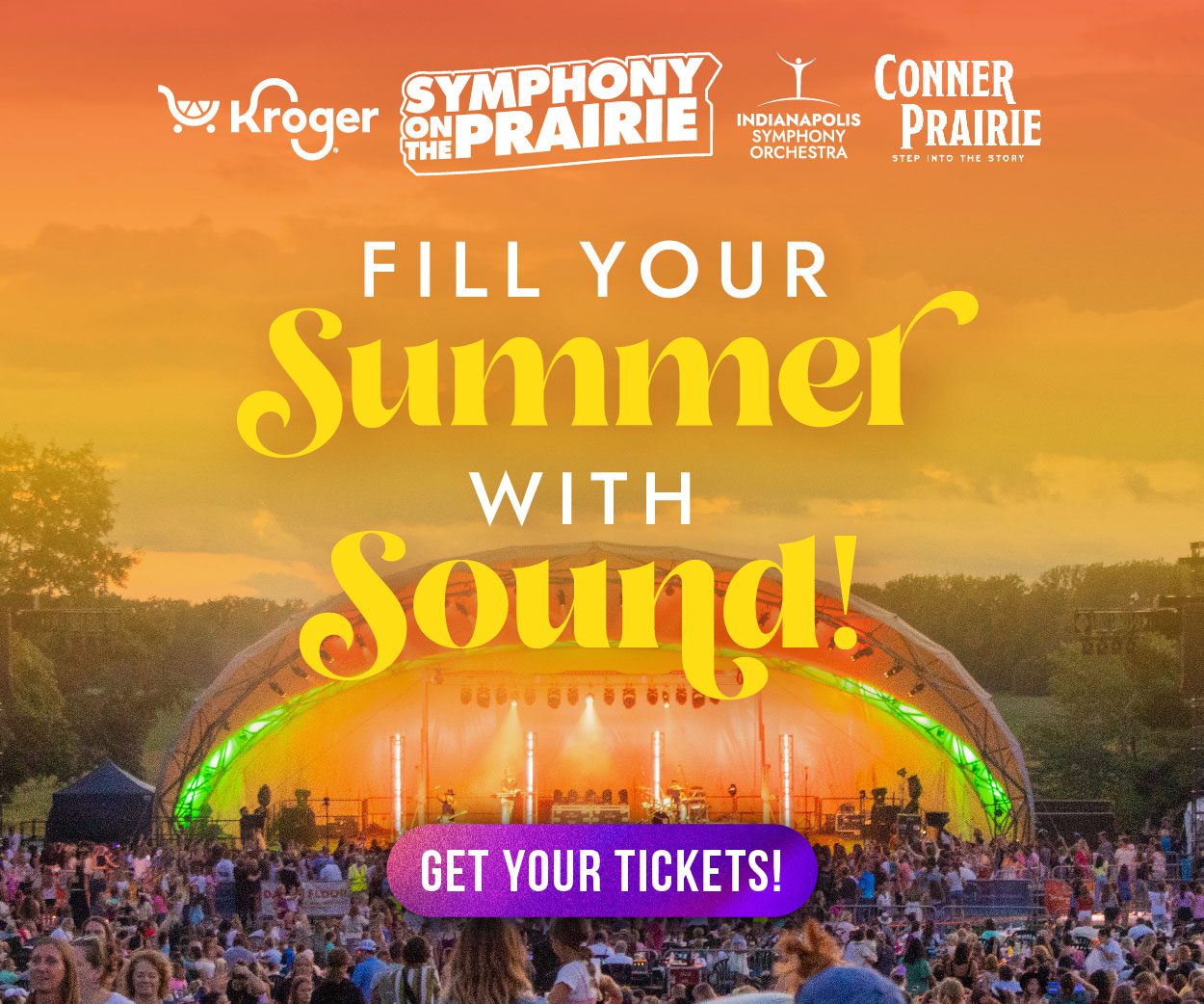An upcoming walking tour will give locals a brief history of the Martindale-Brightwood community, one of the city’s most storied areas for African Americans.
Sampson Levingston will lead the tour as part of the Walk & Talk series through his organization, Through2Eyes, which connects people to Indiana history.
“We have rich, historic, beautiful neighborhoods in Indianapolis,” Levingston said. “The people who lived in them, their stories need to be told.”
The tour will start at noon Feb. 13. The tour is free, but attendees who don’t identify as part of the Black diaspora should make a suggested donation of $5. Register online through Facebook. COVID-19 health guidelines will be enforced, and space is limited.
MARTINDALE-BRIGHTWOOD THROUGH THE YEARS
Dates and facts are according to The Polis Center at IUPUI.
1872 — Clement A. Greenleaf, inventor of a turntable to rotate railroad cars and locomotives, is one of the signatories for the original plat for Brightwood.
1873 — Martindale is settled by Frederick Ruschaupt and Gustave Zschech, operators of the Indianapolis Car Works railroad machine yard.
1875 — Brightwood opens a high school at 27th Street and Sherman Drive.
1876 — Brightwood is incorporated as a town.
1878 — African Americans make their homes and build churches around Beeler Street (later Martindale Avenue) in Martindale.
1897 — Brightwood is annexed into Indianapolis.
1901 — Indianapolis opens a library branch in Brightwood.
1919 — St. Rita’s Church is organized as an extension of St. Bridget’s, Indianapolis’ first African American parish.
1935 — The Brightwood Community Center is founded at 2305 N. Rural St.
1940 — The estimated population of the area is 22,947 (57% European-American and 42% African American).
1955 — New Bethel Baptist Church, built in 1875, is destroyed by a fire.
1960 — The Flanner House Homes project encourages aspiring homeowners to put their own labor into building modern ranch houses in a new development near Douglass Park. About 700 families eventually built new homes in the project.
1961 — The growth of the suburbs, as well as railroads leaving the area, leads to a population decline in Brightwood.
1970 — Amid population decline, African Americans make up 77% of residents.
1970s — Brightwood loses a doctor’s office, accounting and bookkeeping services, cafe, insurance company, Salvation Army store, drug store, pool hall and pet store.
1987 — Martin University opens a branch campus at 2171 Avondale Place, which later became the central campus.
BlackSpace Indianapolis, a group that celebrates and advocates for Black communities, is the host of the event.
One of the organization’s members, Danicia Malone, said she hopes people who attend get a sense for how Martindale-Brightwood — which is about 85% Black, according to Indy Vitals — deserves honor.
BlackSpace Indianapolis is part of a national organization with a 14-point manifesto that includes emphasizing lived experience and honoring the sacredness of Black spaces.
“We are interested in both preserving and protecting, highlighting Black spaces and showing people where they are,” Malone said. “What do our Black spaces actually look and feel like?”
Gentrification represents a contemporary challenge for Martindale-Brightwood, especially around the southwest corner, but the community also faces other tests. Median household income, for example, is about half that of Marion County, according to Indy Vitals, and about one-third of residents live below the poverty line.
Levingston has been giving historical tours around Indianapolis since June 2020. Some of his tours are open to the public, and he does some — like the one in Martindale-Brightwood — for other groups. Levingston said he’ll add more public tours in March.
Getting to know an area of the city well enough to tell others about it can be challenging, he said, especially when people have different accounts of what’s happened over the years. He learns a lot of the history by getting stories from people.
One of Levingston’s goals, no matter the tour, is to get people to feel closer to their neighborhoods.
“I hope they realize how connected we are to our neighborhoods and how our neighborhoods used to be such a big part of who we were,” he said.
Contact staff writer Tyler Fenwick at 317-762-7853. Follow him on Twitter @Ty_Fenwick.







